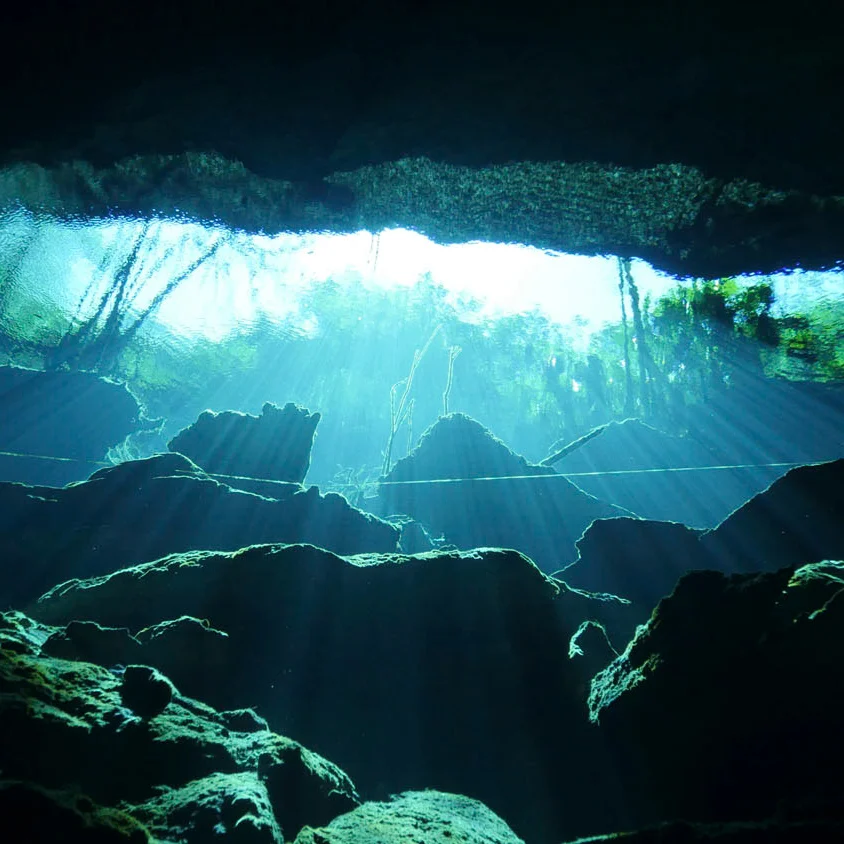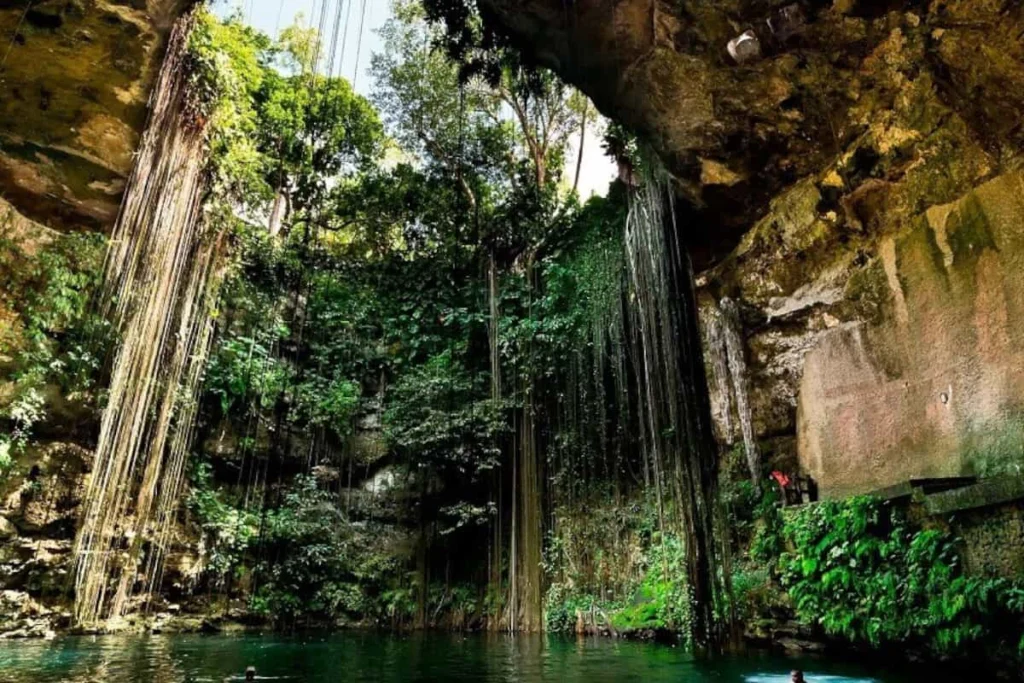Cenote Chac Mool Horror: How a Spanish Guide Led Divers to Their Final Dive


| Incident Location | Diver Full Names (deceased) |
|---|---|
| Quintana Roo, Mexico, Cenote Chac Mool | Not provided (Brazilian woman); Not provided (Brazilian man); Not provided (Spanish guide) |
A Dive That Should Have Been Safe
It was late afternoon at the famous Cenote Chac Mool in Mexico, a place where light from the jungle above cuts through crystal-clear water. A Spanish dive guide prepared to lead a newlywed Brazilian couple on what was supposed to be a simple cavern dive.

The couple, dressed in their new diving suits, checked their diving masks and strapped on their diving tanks. Their guide carried a reel and a dive light, reassuring them that the route was safe. Cavern dives are designed to stay close to daylight zones, never venturing into the true caves.
But something went wrong.
The Missing Trio
By closing time, the staff noticed that the group had not resurfaced. Normally, divers return well before the gates shut. Hours slipped by with no sign of bubbles breaking the cenote’s glassy surface.
Only at 2:00 a.m. on April 20th did a recovery team finally locate the bodies. All three were found 80 meters from the surface, nearly an eight-minute swim away. Their bodies lay in silence, in a section of the cave called the dark zone—a forbidden place for cavern divers.
What They Found in the Darkness
Rescuers reported that the group was discovered just a few feet from the dive line, the very rope meant to guide divers back to safety.
- The Brazilian man’s diving computer showed he still had air in his tank.
- His wife’s tank, however, was empty.
- The Spanish guide’s tank was also drained.
They were all facing deeper into the cave, as if searching for something they could not find.
Equipment at the Scene
| Diver | Air in Tank | Position in Cave | Notes |
|---|---|---|---|
| Brazilian Man | Some air left | Facing inward | Likely survived longer |
| Brazilian Woman | Empty | Near line | Out of air first |
| Spanish Guide | Empty | Near line | Air supply gone |
The tragedy left behind unanswered questions. Why did the group push beyond the safe cavern zone? Why was the dive line so close, yet out of reach?
A Guide Without the Right Training
The Spanish guide who led the couple into Cenote Chac Mool was not certified for cave diving. His license only allowed him to take people on cavern dives, where daylight is always visible, and where exits are easier to reach.
But this dive went far beyond that. The trio had entered the dark zone, an area strictly off limits for cavern divers. It was a place where even experienced cave divers move cautiously, relying heavily on diving computers, reels, and backup diving tanks.
A Common Problem at Chac Mool
Reports later revealed that this was not an isolated mistake. Local cave divers have long complained about unqualified guides leading tourists too deep. Some even said that cavern guides at Chac Mool had to be chased out of the cave zone on more than one occasion.
This meant that visitors, often unaware of the dangers, were stepping far beyond the limits of their training. Without proper cave diving certification, even the best diving masks, diving suits, and gear cannot protect against the risks of disorientation and running out of air.
A Dangerous Routine
To outsiders, the cenote looked beautiful and inviting—a calm pool reflecting the sky. But below the surface, shortcuts and bad habits had become routine. Guides pushed boundaries, clients trusted them, and the system allowed it to continue.
On that April night, the result was three bodies in the dark zone, only a few feet from safety.
